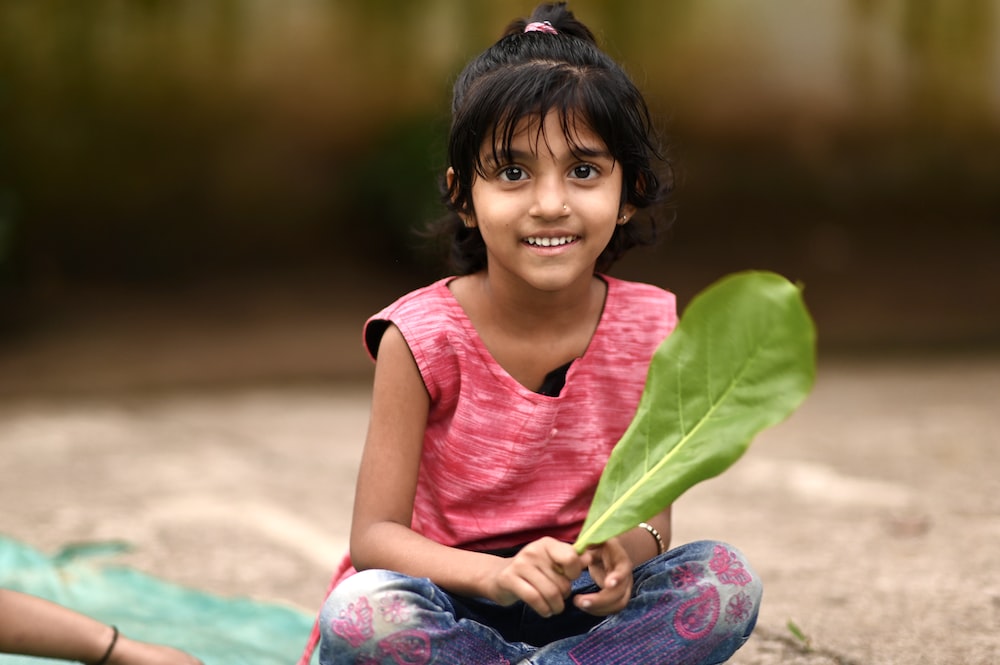In a world increasingly grappling with the impacts of climate change and environmental degradation, the United Nations Committee on the Rights of the Child has taken a significant stride by unveiling an extensive guide that places the spotlight on the intersection of children’s rights and environmental concerns. This groundbreaking document, formally known as General Comment No. 26, provides a comprehensive framework for nations, including India, to address the pressing issues of environmental deterioration and climate change. Its overarching goal is to create a clean, healthy, and sustainable world, not just for today’s generation but also for those yet to come.
Collaborative Consultations and Global Insights
General Comment No. 26 did not emerge in isolation; it was the product of intensive and inclusive consultations. These consultations brought together a diverse array of stakeholders, encompassing nations, national human rights institutions, international organizations, civil society groups, and experts well-versed in environmental matters. Crucially, the voices of the children themselves were actively solicited and heard, making this initiative uniquely comprehensive.
The culmination of these efforts resulted in an astounding 16,331 contributions from children across 121 countries. These contributions were not merely statistics; they were powerful narratives that conveyed the real-life impact of environmental degradation on the lives and communities of these children. Their stories resonated worldwide and served as a resounding call for the fundamental right to inhabit a healthy environment.
Legal Significance and Rights Clarification
General Comment No. 26 carries immense legal significance. It serves as a guiding document that meticulously outlines the obligations of states under the Convention on the Rights of the Child. These obligations are intended to address environmental damage comprehensively and ensure that children have the means to effectively exercise their rights.
The document also offers a critical clarification on how children’s rights directly intersect with environmental protection. It firmly establishes the right of children to live in a clean, healthy, and sustainable environment. This right, while implicit in the Convention, is intricately linked to other fundamental rights such as the right to life, survival, and development, access to the highest attainable standard of health, an adequate standard of living, and access to quality education.
Corporate Accountability and Responsibility
One notable aspect of General Comment No. 26 is its emphasis on the responsibility of states to protect children from environmental harm stemming from commercial activities. To achieve this, authorities are urged to establish robust legislative frameworks that compel businesses to respect children’s rights and uphold environmental responsibility. This includes measures aimed at reducing harmful emissions and minimizing environmental damage.
Access to Environmental Justice for Children
A recurring challenge in many countries, including India, is the difficulty children face in accessing the justice system due to their status. These limitations curtail their ability to assert their rights concerning environmental matters. In response, the guide offers a clear recommendation: states should create accessible avenues for children to seek justice in cases involving violations related to environmental damage. These mechanisms must be designed to be child-friendly, gender-sensitive, and inclusive of persons with disabilities. Importantly, they should facilitate claims for both imminent and past violations, ensuring that children can assert their rights effectively.
Addressing the Climate Finance Gap
General Comment No. 26 underscores the urgent need for developed nations to address the existing climate finance gap. It calls for a substantial shift towards providing grants rather than loans to developing countries. The current climate finance structure often prioritizes mitigation efforts over adaptation and measures to address loss and damage. This imbalance disproportionately affects children in regions where adaptation measures are of utmost importance.
Conclusion: India’s Role in Child-Centric Environmental Advocacy
As India confronts the multifaceted challenges posed by climate change and environmental degradation, the adoption of General Comment No. 26 takes on profound significance. It offers a roadmap for India and nations around the world to safeguard the rights of children in this ever-evolving landscape.
India, with its unique environmental and developmental context, can play a pivotal role in ensuring the well-being of its children and contributing to a more sustainable and equitable world. By embracing the recommendations outlined in this guide, India can empower its youth to lead and advocate for a cleaner, healthier, and more sustainable environment.
General Comment No. 26 serves as a beacon of hope, illuminating the path toward a future where the rights of children and the health of our planet are intrinsically intertwined, promising a brighter and more sustainable tomorrow for all.

